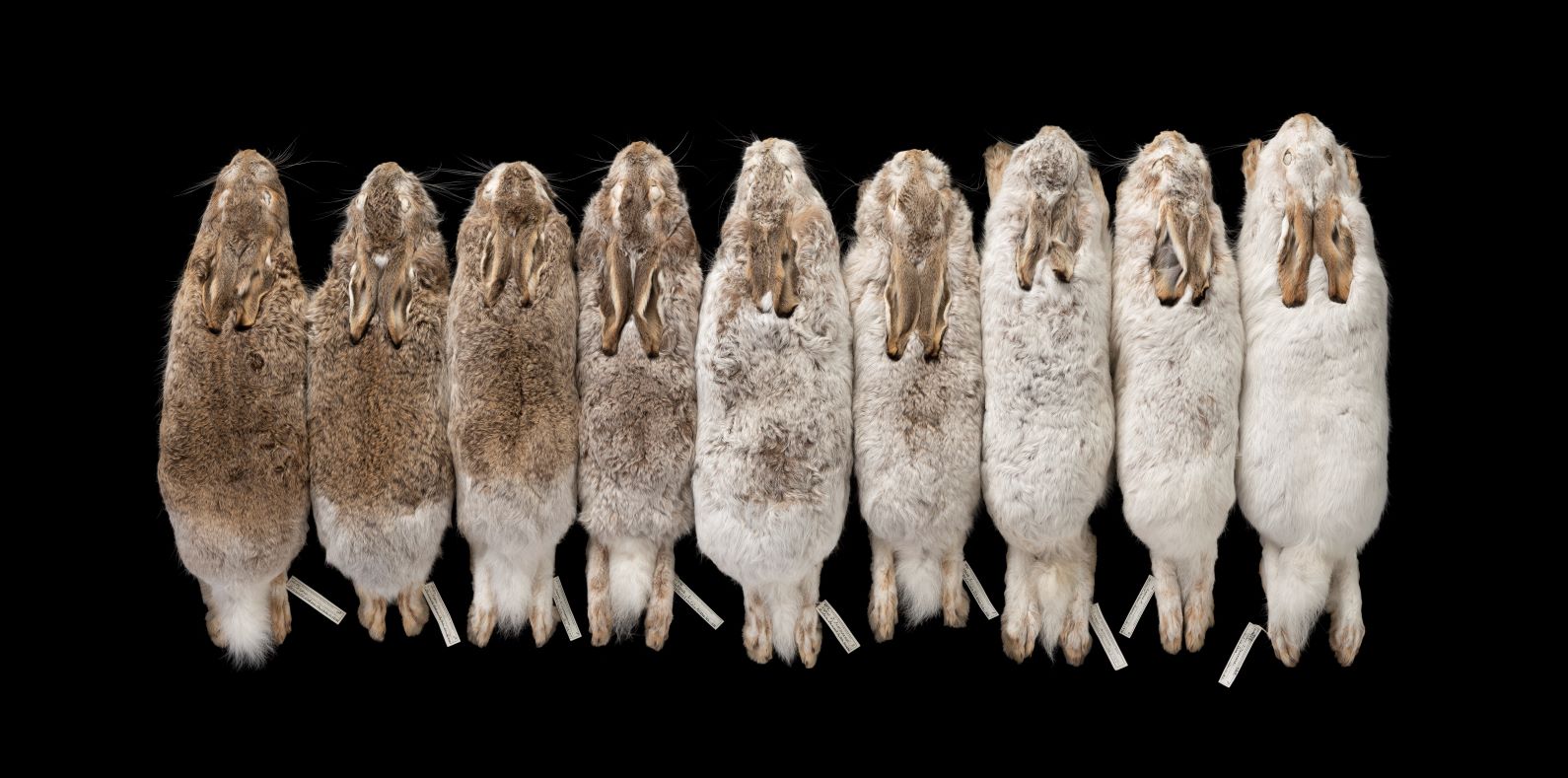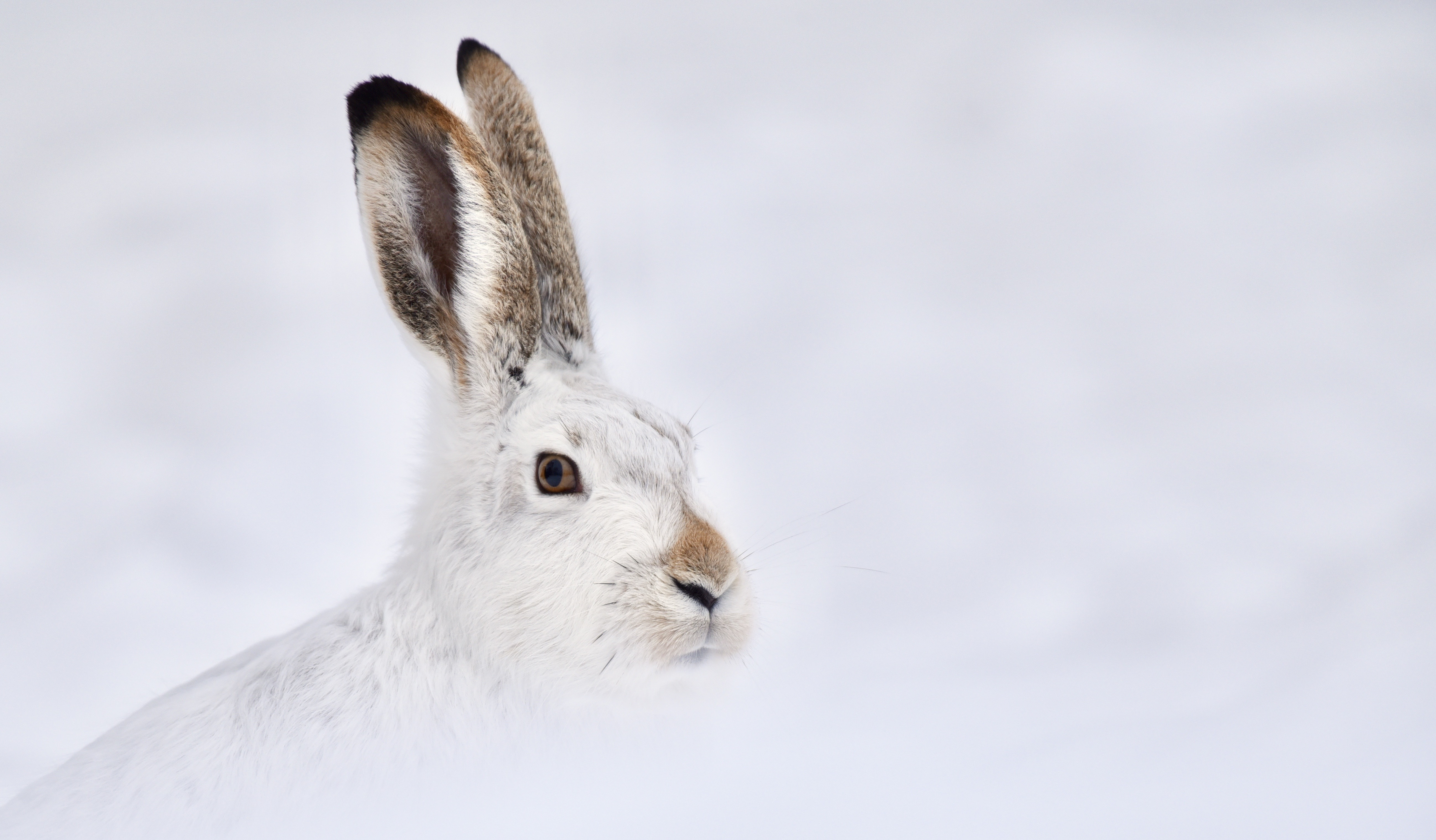

Habitat of winter brown white-tailed jackrabbits, near Saguache, Colorado, USA. (Photo/Mafalda Ferreira)
Dr. Mafalda Sousa Ferreira at the University of Porto, the lead author of the study, explains that "a dark-colored animal will stand out in the white snowy landscape and be immediately noticed by predators. For prey species like hares and jackrabbits, the ability to remain camouflaged can make the difference between life and death."
The research team identified the genes that control these different winter coat color types, revealing that many of the Colorado populations possess crucial genetic diversity that may aid in their ability to adapt to future declines in snow cover.
The study used a museomics approach, which meant recovering genomic information from historic specimens of jackrabbits up to 116 years old from the DMNS mammal collection. It was found that coat color change is mostly controlled by three genes that regulate the production and localization of melanin pigments which determine the color of hair in many mammals, including humans. By sequencing the genomes of these jackrabbits, the team found that the genetic variants that code for white and brown coats have existed for millions of years, perhaps indicating that these genes have long been crucial for the survival of the species in seasonal environments.

Denver Museum of Nature & Science collection specimens show that the winter coloration of white-tailed jackrabbits varies continuously from brown to white. (Photo/DMNS)
The projections predicting less snow cover towards the end of this century indicate that the winter-brown jackrabbits, such as those in southern Colorado, could expand their range, a phenomenon that may help rescue the whole species from climate-driven declines.
While the study offers hope for the white-tailed jackrabbit, it also serves as a cautionary tale for other species facing the impact of climate change. As Dr. Jeffrey M. Good, professor at the University of Montana and co-coordinator of the study, explains, "Although these might be good news for jackrabbits, our results also serve as a cautionary tale for other species facing the impact of climate change."
Overall, this research sheds light on the fascinating world of animal genetics and reminds us of the importance of preserving genetic diversity in the face of environmental changes. It also highlights the ongoing importance of museum collections towards providing insight into understanding the planet’s biodiversity. The humble jackrabbit might just be the key to unlocking a new understanding of how we can better adapt to a changing world.

Winter white white-tailed jackrabbit in the snow. (Photo/Amedeo Cortese)
